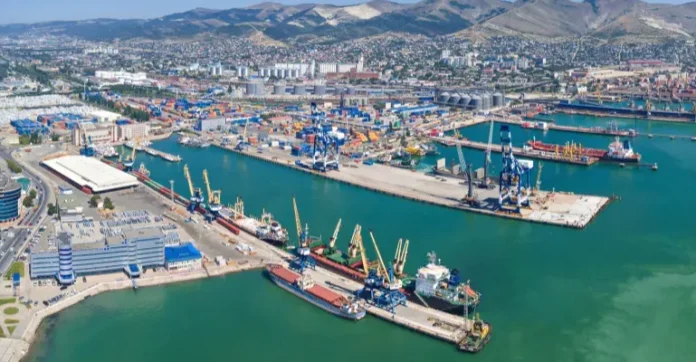Oil prices fell on Monday, wiping out the gains made at the end of last week. The drop came after Russia restarted oil loadings at its major export hub in Novorossiysk, which had been shut down for two days following a Ukrainian attack.
By early Monday:
- Brent crude was down 53 cents at $63.86 a barrel.
- U.S. WTI crude fell 56 cents to $59.53 a barrel.
Both oil benchmarks had jumped more than 2% on Friday when exports from Novorossiysk and a nearby Caspian Pipeline terminal were halted. That shutdown disrupted roughly 2% of global supply, which helped support prices briefly.
But on Sunday, industry sources and LSEG data confirmed that Novorossiysk port is loading oil again, easing supply concerns. Still, traders remain focused on Ukraine’s increased attacks on Russian energy facilities.
Over the weekend:
- Ukraine said it struck Russia’s Ryazan refinery.
- Kyiv also reported hitting the Novokuibyshevsk refinery in the Samara region.
According to analyst Toshitaka Tazawa from Fujitomi Securities, investors are trying to figure out how these continued attacks might affect Russia’s long-term export levels. Many traders are also taking profits after Friday’s jump. He added that the market still sees signs of oversupply, especially with OPEC+ raising production. Tazawa expects WTI to hover around $60, moving within a small $5 range.
Meanwhile, investors are watching how Western sanctions could reshape Russian oil flows. The U.S. has banned new deals with Russian oil company Lukoil after Nov. 21, aiming to pressure Moscow over the war in Ukraine. President Donald Trump also said Republicans are preparing legislation to sanction any country doing business with Russia — and mentioned Iran could be added as well.
Earlier this month, OPEC+ confirmed a 137,000 barrels per day increase in its December output target, matching its October and November hikes. The group also agreed to pause production increases in the first quarter of next year.
A report from ING said the oil market is likely to stay in large surplus until 2026, but warned that rising geopolitical risks could disrupt supplies — including Ukraine’s drone strikes on Russian energy sites and Iran’s recent seizure of a tanker in the Gulf of Oman, a major route for global oil shipments.
Fresh trading data shows that speculators added 12,636 net long positions in Brent last week, bringing the total to almost 165,000. ING said this increase was mostly due to traders closing short positions, likely because they’re cautious about betting against oil while supply risks remain.
In the U.S., the number of active oil rigs rose by three, reaching 417 last week, according to Baker Hughes.





